"Under the Maple Leaf, by Hamilton H. Jones, ACL, is a partially refilmed and entirely reedited version of last year's award winner, Canadian Capers. A splendid picture a year ago, its new and additional sequences now bring to the film a photographic beauty plainly of the very first rank. A sequence of the morning mist rising from a lake deserves particular mention. Mr. Jones's considerable skill with his camera has increased in stature and may not yet have reached its full flowering. For this accomplishment his work has been given a place of honor in these selections. In the reluctant estimation of the judges, however, the editing and cutting of Under the Maple Leaf so far lagged behind its generally matchless beauty as to rob the film of its fullest emotional power. This factor only prevented Mr. Jones from repeating this year his full triumph of a year ago." Movie Makers, Dec. 1933, 523-524.
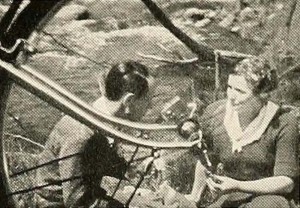
"The current and widespread revival of interest in cycling is the subject of Under Your Own Power, by Sidney Moritz. Carefully planned, attractively photographed in color and neatly edited, the production is a pleasing and happy record of bright days in the summer sun. Mr. Moritz has shrewdly remembered in his film the predominant human interest of this leisured sport, as well as the lovely scenic vistas to which it leads, and has embroidered both of these subjects with distinctive angles and some successful "effect" shots framed by cycle wheels. Amusing, effective and well worded titles in color round out this highly entertaining etude of modern wheeling." Movie Makers, Dec. 1937, 630.
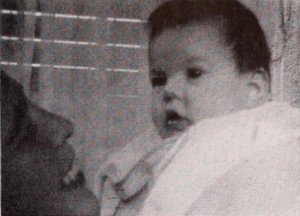
"The Unexpected, by Ernest H. Kremer, is that rara avis of the amateur movie world, a perfectly produced and universally entertaining family film. It is no secret, surely, that taking pictures of one's family outranks all other reasons prompting a home filmer to buy his camera. It is an equally open secret that the results, generally, are those that only a mother could love. Judged impersonally and by even the simplest movie standards, the technique is sloppy, camera treatment dull and continuity non-existent. But now, with The Unexpected, family film making takes on new stature and its apostles may speak with new pride. The picture tells a simple tale: A man arrives home and finds a note from his wife. Unexpectedly, she writes, she has been called to the city, but there is food in the icebox, et cetera, etc. Later that evening, after a suavely developed interlude of husbandly miming, the wife returns and announces that she expects a baby. The rest of the rewardingly short reel records early activities in the life of the infant, capped by a swift and comic climax. A simple tale, but superbly told. Mr. Kremer's technical skill, developed through years of competent 8mm. work, is more than a match for this, his first 16mm. production. Perhaps most outstanding among the picture's many fine points is its admirable economy of footage. Running a scant 325 feet of film, it has a sense of pace regrettably rare in amateur movies. Mr. Kremer, for example, recognizes the lap dissolve as a spatial transition, not a specious ornament — and he uses it as such with telling effect. His editing is crisp, his camera treatment incisive and his continuity planned and purposeful. The Unexpected, in proving that excellence can join hands with the hearthside, should be a ringing challenge to all family filmers." Movie Makers, Dec. 1948, 474-475.
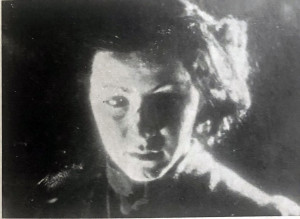
"a sogg. lungh. norm."/feature-length feature film
“Uno della Montagna è l’esaltazione della lotta dell’uomo contro la natura. La montagna (è questa la leggenda) colpisce con la morte tutti quelli che tentano conquistarla. A valle gli uomini e gli animali vivono nella più catastrofica miseria, mentre al di là della sommità vi è un “Alpe” intatto: è necessario trovarne il valico. Esso offrirà alle popolazioni affamate nuove e più fertili,. Due giovani animosi, attraverso non poche peripezie, tentano l’impresa ed uno di essi, più coraggioso e più generoso dell’altro, che abbandona il compagno in un momneto difficile, porta a termina la scalata fra l’esultanza dei valligiani. La vicenda è animata da una delicata storia d’amore.”
“One of the Mountain is the exaltation of the struggle of man against nature. The mountain (this is the legend) punish by death all those who attempt to conquer it. In the valley, men and animals live in the most catastrophic misery, while beyond the summit there is an intact “Refuge”: it is necessary to find the pass. It will offer new and more fertile land to the starving populations. Two courageous young men, through many vicissitudes, attempt the enterprise and one of them, more courageous and generous than the other, who abandons his companion in a difficult moment, completes the climb to the exultation of the valley dwellers. The episode is animated by a delicate love story."
—Notizario delle sezioni cinematografiche dei gruppi universitari fascisti a cura del ministero della cultura popolare, September 1938 p. 10
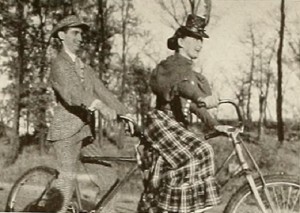
"Unsung Heroes, produced by The Calvin Company, has just about everything that a good industrial film ought to have. It is entirely in color, and the exposures are excellent, particularly in many shots of technical operations in the plant, which are ordinarily considered difficult. The subject embraces the manufacture, testing and rigid inspection of the component parts of a modern electric refrigerator. It is presented in a smooth, comprehensive way, with well delivered commentary and good incidental music,specially arranged to point up the action. The opening sequence, which shows a lip synchronized effect on a traveling outdoor shot, is unusually well done. However, the relation between this sequence and the rest of the film should have been more closely established." Movie Makers, Dec. 1941, 568.
"Unsung Heroes tells of the extreme care used in manufacturing electric refrigerators and of the exacting tests for durability, accuracy and silence of operation. Although the film is based on the familiar "trip through the factory" pattern, it has great interest for consumer audiences." Movie Makers, Jan. 1942, 8.
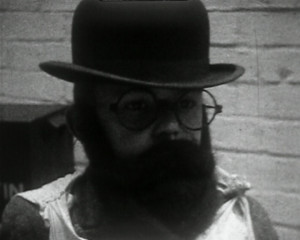
"An amateur comedy drama about a young Englishman pursued by Russian spies and the kidnapping of his girlfriend." (EAFA Database)
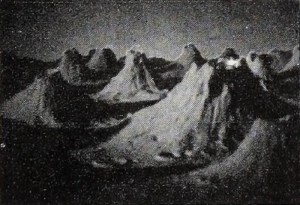
"Jack E. Gieck's film is a fanciful abstract study delineating the aspect and activity of the planet Uranus. In it he has wisely kept his footage brief. His lighting effects on models of the mountains and the color patterns of liquids reflect an imaginative concept. A rather too soft focus toward the end of Uranus is somewhat unexplainable, but his choice of an excellent musical score contributes to a fascinating creative experiment." Movie Makers, Dec. 1951, 412.
Excursión a los montes de Urbia y Aralar. El filme muestra un paisaje maravilloso por los senderos del parque natural de Aralar y una acampada en las praderas de hierba verde de Urbia, una ruta clásica entre montañeros que incluye el paso por localidades emblemáticas.
An excursion to the Urbia and Aralar mounts. The film depicts a wonderful landscape through the paths of the Aralar natural park, and a camping trip through the green prairies of Urbia, a classic route for mountaineers that includes passing through emblematic places.
Stan Midgley travels by bicycle through Utah in this "chucklelogue."
Total Pages: 203